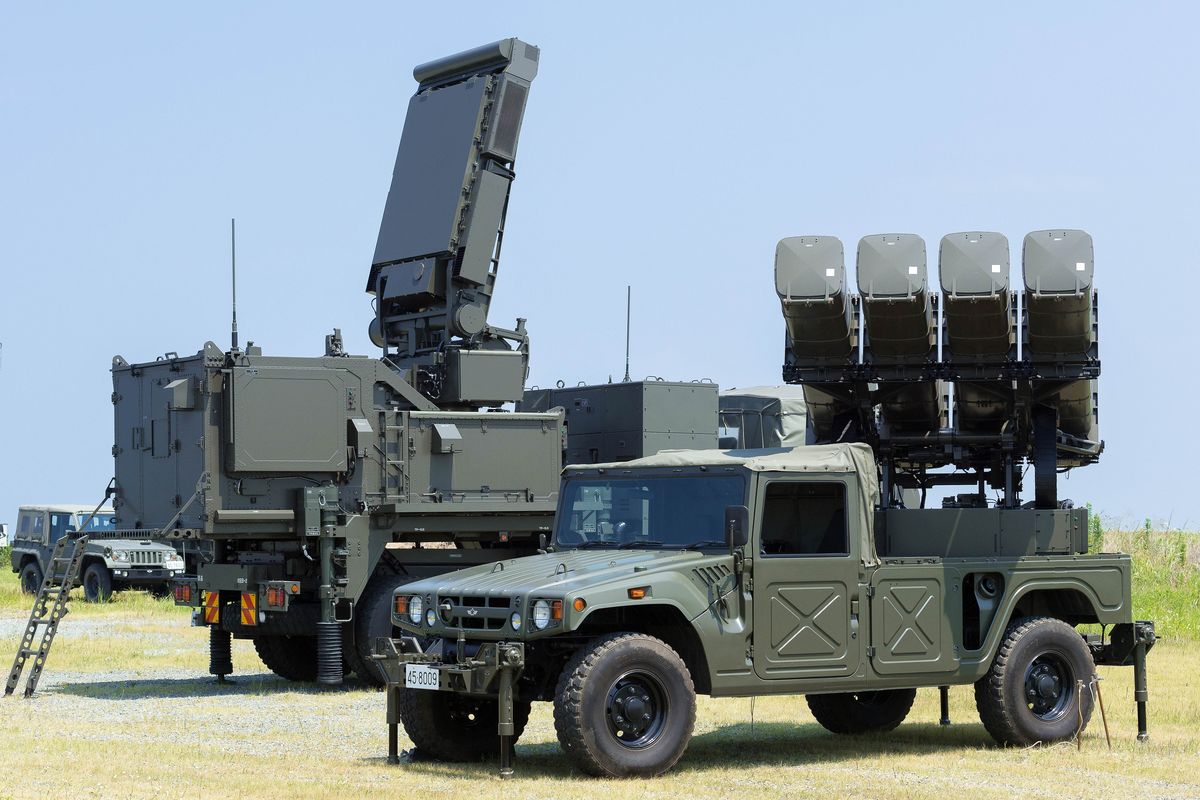The local defense industry that supplies much of the Japanese Self Defense Force (JSDF) is shrinking as companies find it increasingly difficult to develop and manufacture military products in an economically viable manner.
Being largely restricted by current official national policy from pursuing export sales of defense systems their sole customer base is the JSDF. Faced by increasing cost of developing and producing items which have strictly military application the numbers of systems needed and ordered by the JSDF alone are simply insufficient to support a favorable business model.
As a result, it is becoming more and more difficult for industry leaders to justify participating in Japan’s defense market. Fewer companies are willing to devote the resources given the limited market numbers and profit margins. As it has also been a policy goal of achieving a high level of self-sufficiency in its defense equipment the reduced industry interest and resulting higher potential system costs creates a potential dilemma. Officials are concerned that this trend threatens Japan’s security and its defense industry sustainability.
It is recognized by defense experts that a key step in retaining existing defense-oriented businesses and attracting additional participants is to make the defense sector more attractive is by increasing the potential market size.
Considering the limited needs of the JSDF for machine guns, tanks, missiles, radar, warships, and combat aircraft, for example, the obvious approach to a larger market is through export. Given the level of capabilities of many Japanese industry developed military systems and incorporation of state-of-the-art technologies they could be competitive with other current candidates.
Examples are Kawasaki line of precision ground launched missiles, Mitsubishi and Toshiba air-defense and anti-ship missiles, and Mitsubishi F-2 and Kawasaki transport and trainer aircraft.

Defense equipment and technology transfer agreements are in place with Australia, India, the United Kingdom, and nine other countries with others just concluded with the United States and Thailand earlier this year. Still only one sale of radar to the Philippines has resulted.
As a result, sources suggest the consideration is being given to opening opportunities for greater export of some defense categories as a part of the new National Security Strategy which establishes the country’s long-term security and diplomatic policy guidelines. Measures supporting strengthening national support for the defense industry are being discussed. It is possible that it could be limited to “defensive capabilities” similar to Germany’s policy.
Still even this would be a shift from previous defense export policy of the last decades. However, many view this change as crucial to the viability of Japan’s defense industry and a key aspect in responding to current security challenges.
by Stephen W. Miller













